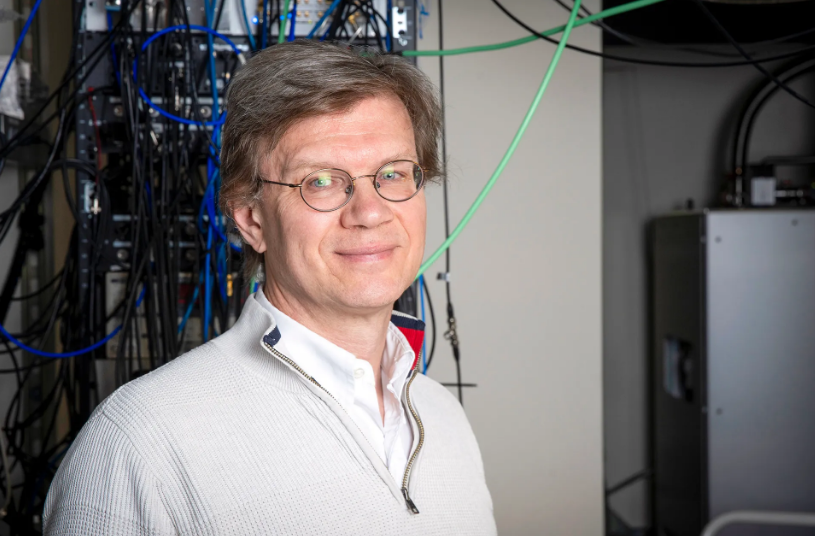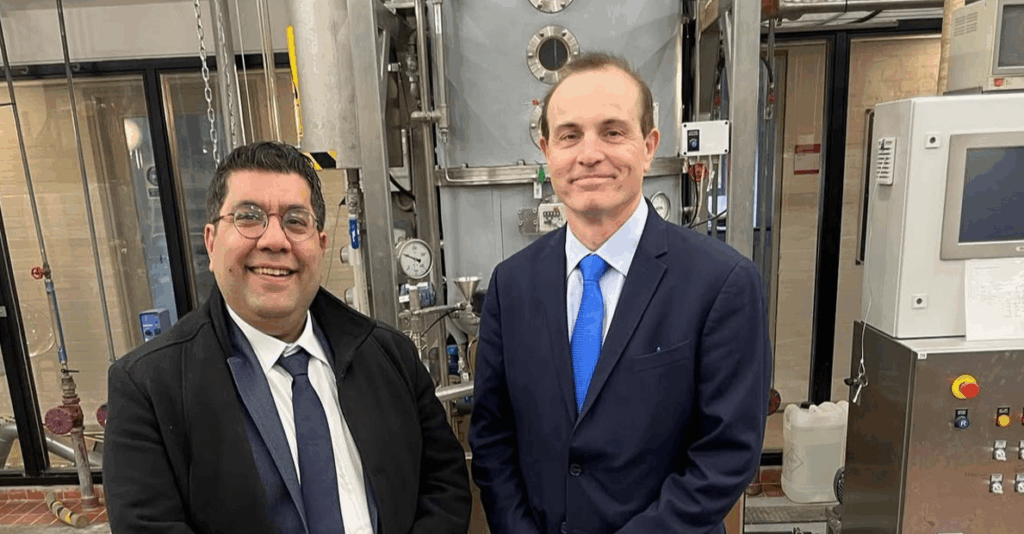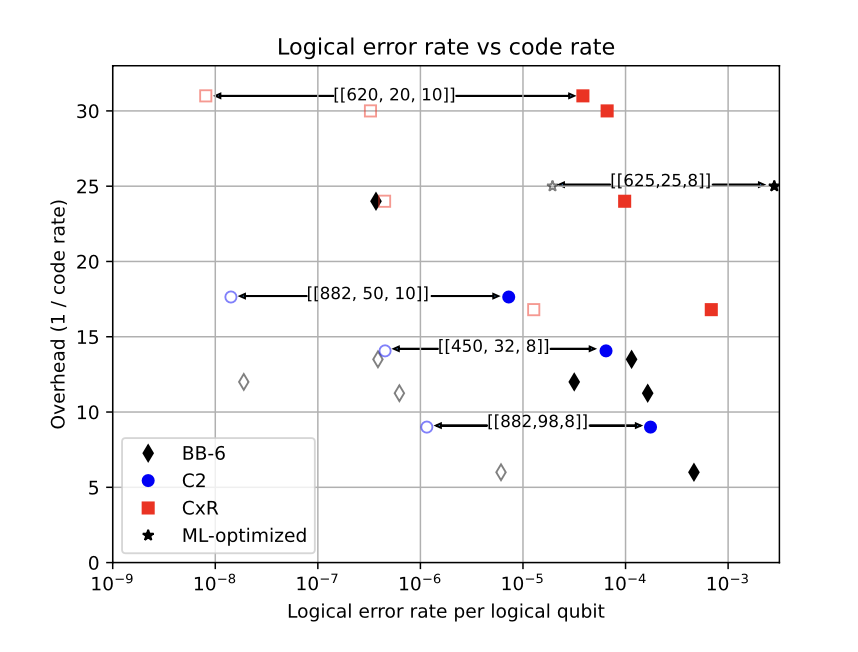Insider Brief
- DOE-backed researchers achieved the largest quantum simulation to date, using scalable quantum circuits on IBM’s quantum computers to model particle physics phenomena too complex for classical supercomputers.
- The team first developed circuits for small systems using classical computation, then scaled them to more than 100 qubits to simulate vacuum properties and hadron pulses.
- The scalable circuits offer a path to studying matter in extreme conditions, potentially illuminating the matter-antimatter imbalance, supernova nucleosynthesis, and properties of ultra-dense matter.
- Image courtesy of Roland Farrell, Marc Illa, Anthony Ciavarella, and Martin J. Savag.
Nuclear physicists have developed scalable quantum circuits that simulate fundamental physics too complex for classical supercomputers, marking one of the largest digital quantum simulations ever performed on IBM’s quantum hardware, according to the U.S. Department of Energy (DOE). Their work focuses on preparing the vacuum state and hadron pulses of a one-dimensional quantum electrodynamics (QED) model — a setup used to study the physics that underlies particle collisions.
As described by the DOE – The researchers used classical computers to determine optimal circuit elements for small systems, then leveraged symmetries and scale hierarchies to expand those circuits to more than 100 qubits. Running these circuits on IBM’s quantum machines allowed them to simulate vacuum properties with percent-level accuracy and to prepare localized hadron pulses for dynamic evolution.
The U.S. Department of Energy notes that this approach opens a pathway for simulating matter under extreme conditions — high densities, particle beams, and collision-like environments – that push beyond the limits of classical computation. Future quantum simulations using this method could shed light on why matter dominates antimatter, how heavy elements form in supernovae, and how ultra-dense matter behaves. The same scalable strategy could also be applied to other complex quantum systems, including exotic materials.

Read the full announcement here


















